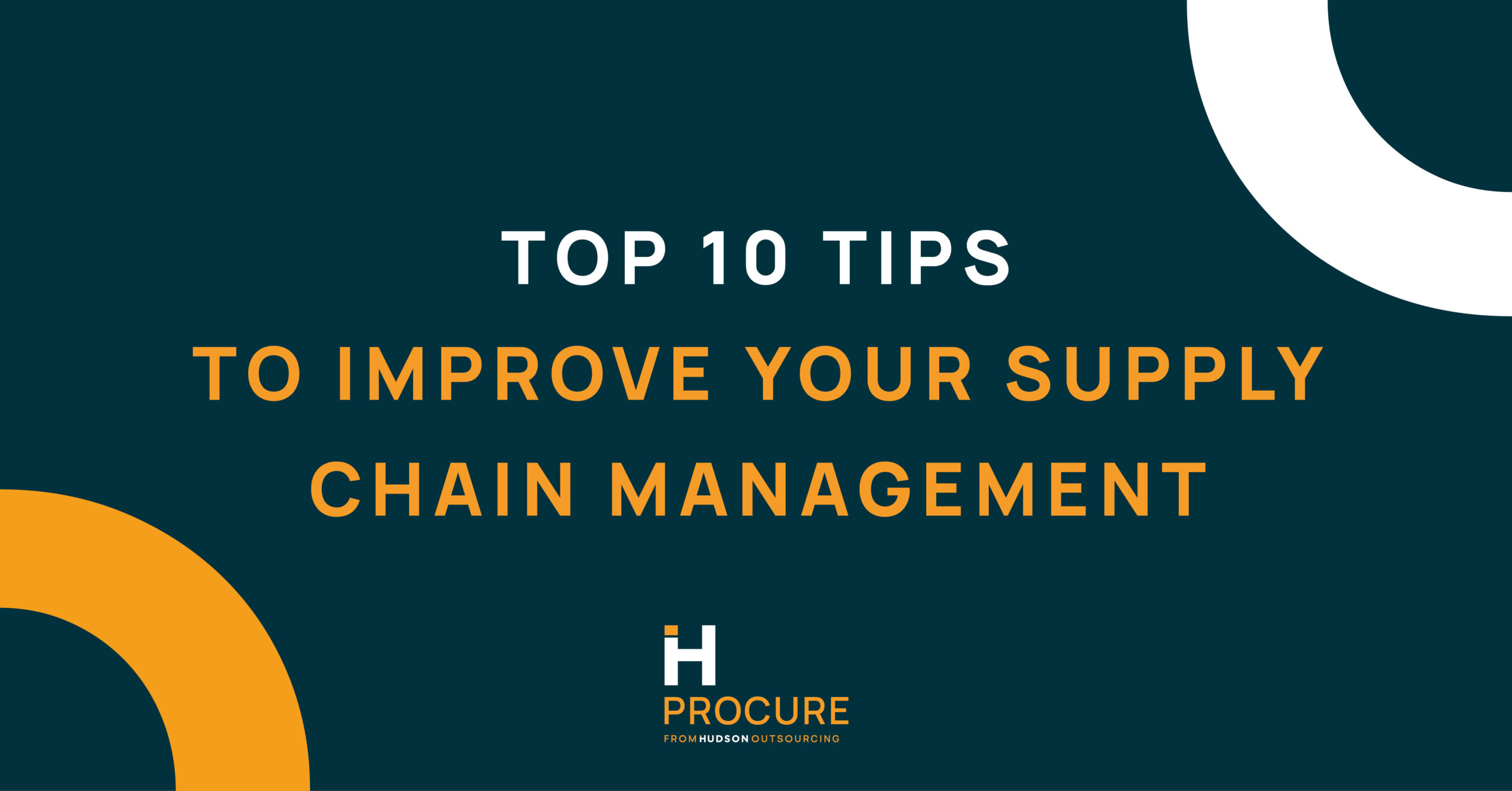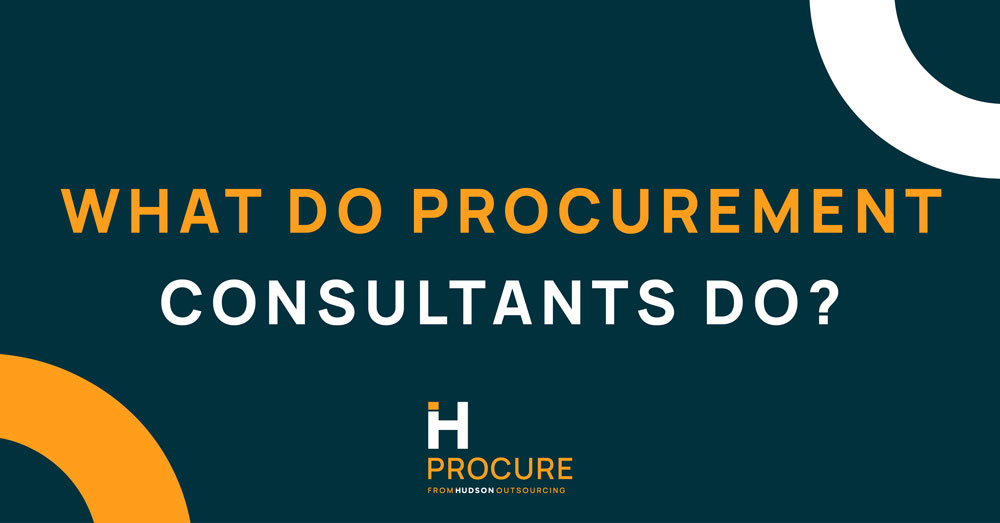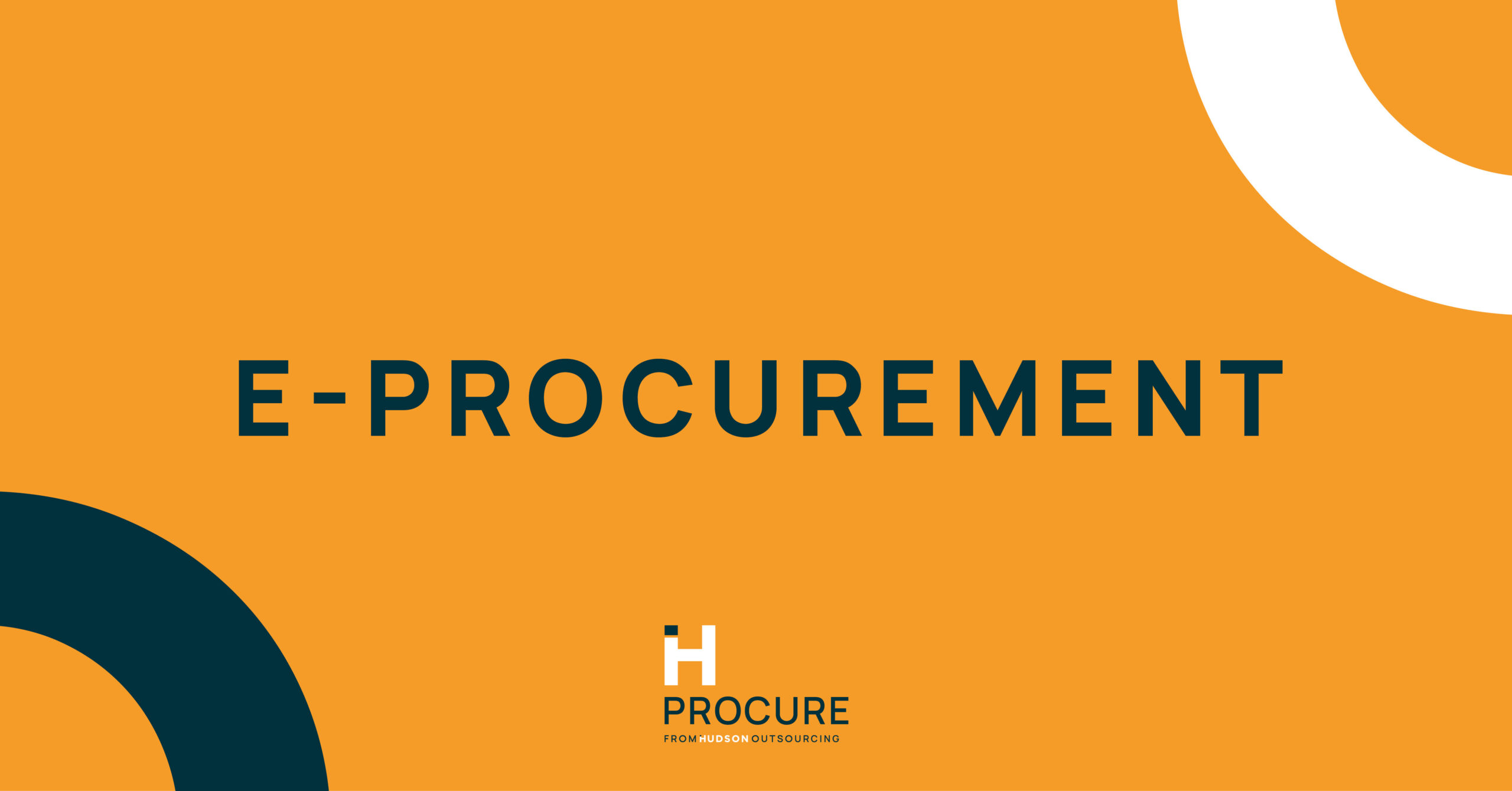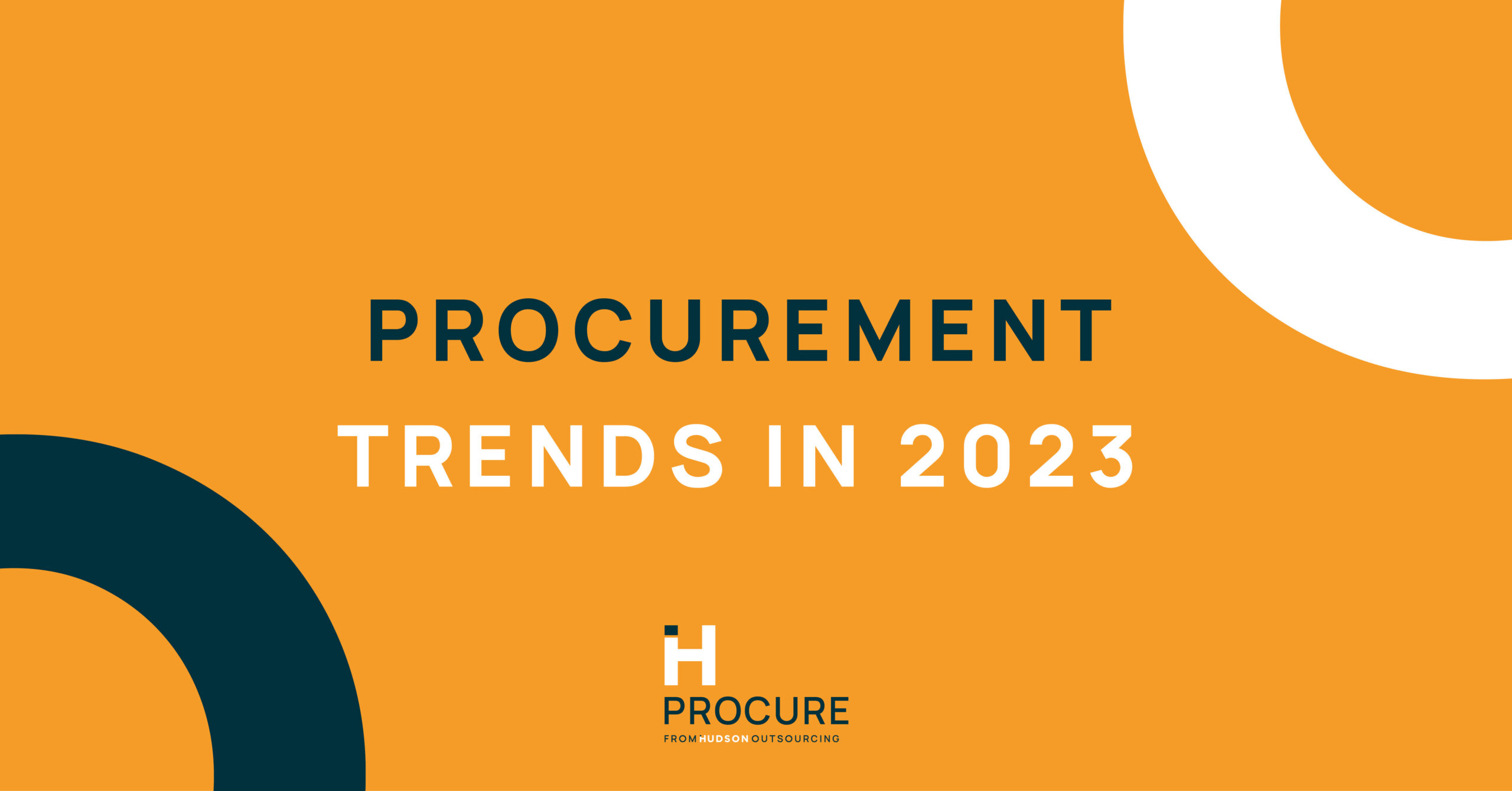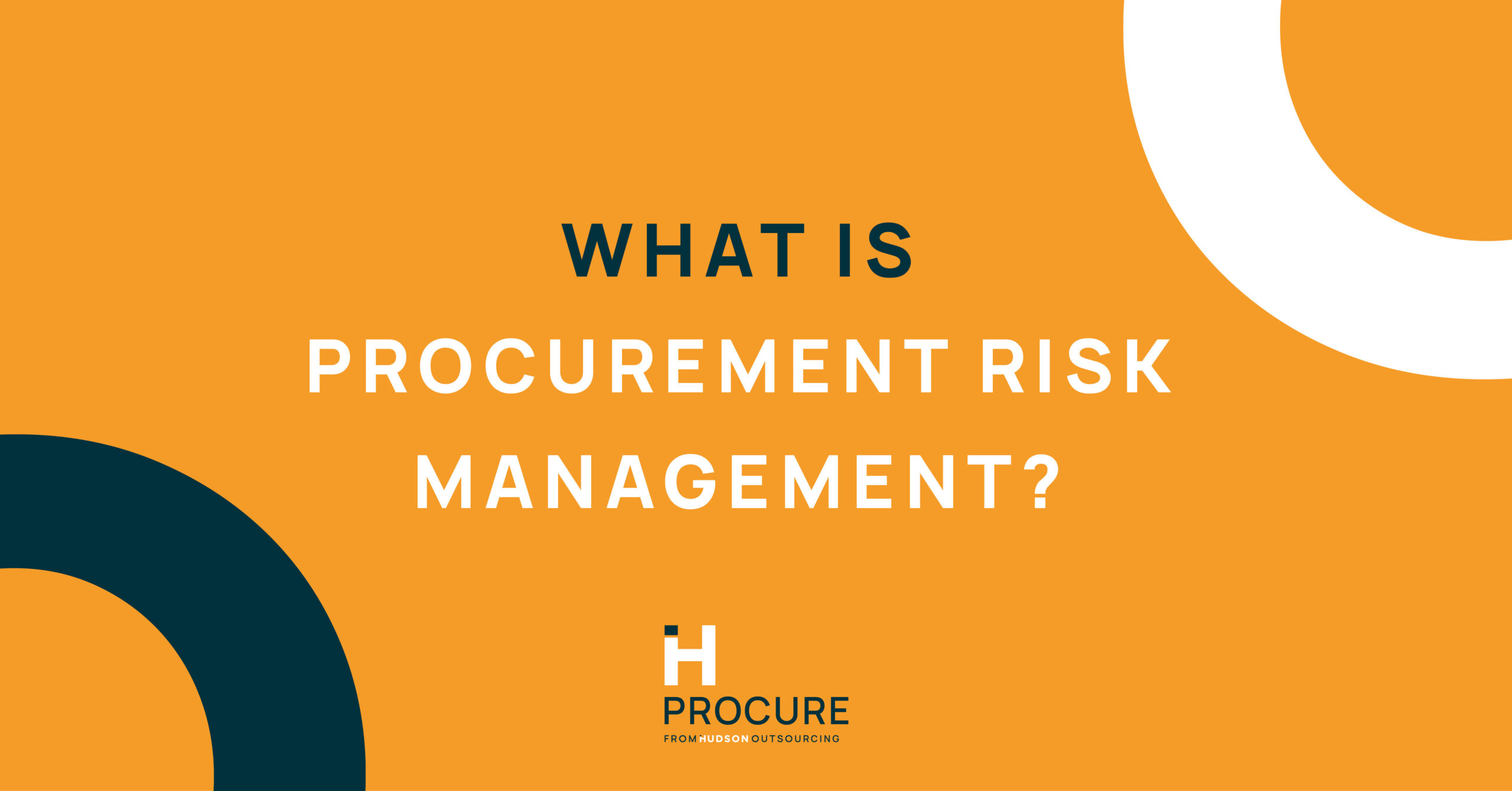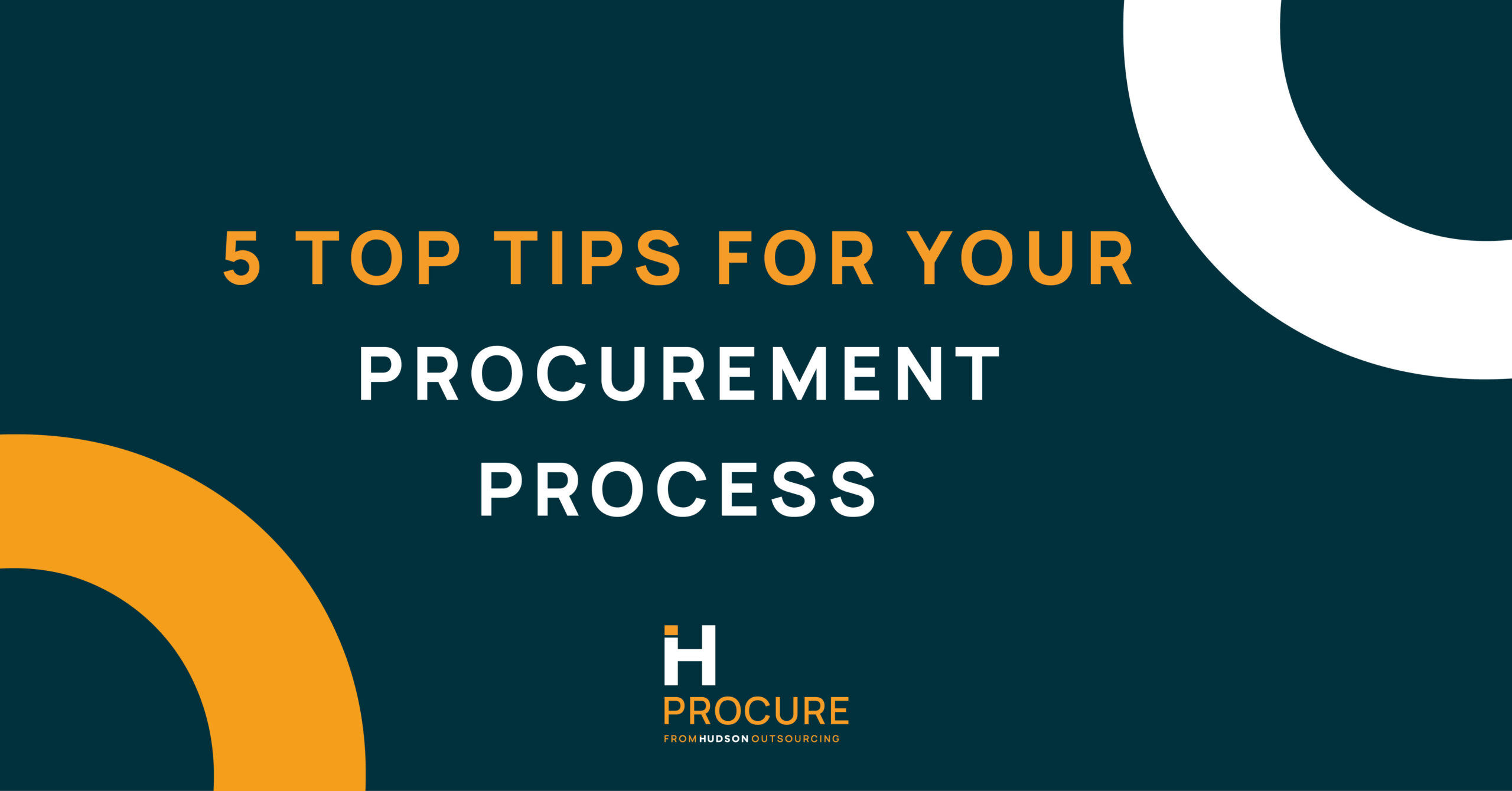The P2P cycle explained
Do you want to learn more about the P2P cycle? In this blog, the experts at Hudson Procure reveal all!
What is P2P?
So, what is the P2P cycle?
P2P can also be called procure to pay or purchase to pay. It refers to the full cycle of actions that a business engages in when they require goods or services. Basically, the P2P cycle describes each step of the procurement process, from start to finish. Generally, the P2P cycle uses automated processes, such as purchase to pay systems.
What steps are involved in the P2P cycle?
-
Purchase requisition
Typically, the P2P cycle begins with the buyer identifying a need, such as a product or service. This could be anything, from construction projects to marketing campaigns.
At this stage, the buyer will define the specifications of the project, so suppliers understand the work that needs completing. Then, the buyer can post the project on a tendering portal or contact their preferred supplier directly.
-
Purchase order
As part of the procurement process, the buyer might have to negotiate the price with the supplier. Unless the terms of the contract have already been established, supplier negotiation can take time. Therefore, it’s important to work on your supplier negotiation strategy before starting the process.
Once a price has been agreed, the purchasing department will create a purchase order (PO) for the goods or services. Then, the PO is transferred to the supplier for fulfilment.
-
Order confirmation
At the next stage of the P2P cycle, the supplier receives the PO and confirms they can fulfil the order. Typically, the supplier will provide the buyer with predicted turnaround times.
-
Product or service delivery
Next, the supplier will deliver the goods or services, in line with the contract terms. At this stage of the P2P cycle, the buyer should inspect the product or service. If the contract terms are met, the buyer should send a delivery receipt to the supplier. However, if the product or service needs improving, the buyer should give this feedback to the supplier.
-
Supplier evaluation
Following the previous step, the supplier’s performance is evaluated. Buyers should evaluate factors such as quality, on-time delivery, service, contract compliance and responsiveness.
-
Invoice approval
Next, a three-way match between the PO, the supplier invoice, and the goods receipt is performed. At this stage, the purchasing department is looking for any discrepancies between the three documents. If none are found, then the supplier invoice is approved for payment.
If discrepancies are found, then the invoice is rejected and returned to the supplier with feedback.
-
Payment
Finally, the P2P cycle ends with the supplier receiving payment from the buyer.
What are the benefits of the P2P cycle?
-
It streamlines the procurement process
A major benefit of a purchase to pay system is that it can streamline the procurement process. It eliminates the need for manual processes, which can be incredibly time-consuming. Instead, a fully automated system allows you to capture 100% of your data, in a fraction of the time.
-
Eliminates tail spend
With the P2P cycle, buyers can quickly and efficiently order what they need. As a result, organisations are able to eliminate or reduce tail spend. This is because the systems are easy to use and offer guided purchasing, enabling buyers to stay compliant with policies.
-
Improve supplier relationships
A purchase to pay process also enables buyers to improve their relationships with suppliers. As the system is automated and, therefore, streamlined, communication with suppliers is simple and efficient. Therefore, supplier relationships will improve as a result.
In summary
P2P refers to the full cycle of actions that a business engages in when they require goods or services. The stages of the P2P cycle include:
- Purchase requisition
- Purchase order
- Order confirmation
- Product service or delivery
- Supplier evaluation
- Invoice approval
- Payment.
What are the benefits of P2P?
- It streamlines the procurement process
- Eliminates tail spend
- Improve supplier relationships.
How can Hudson Procure help with the P2P cycle?
If you’re looking for procurement support, our experts can help! Here’s a list of the services on offer:
Procure Consult
With Procure Consult, we offer support with tender management and ad-hoc procurement consultancy. Our expert team will manage the end-to-end procurement process or offer assistance with any stage, as and when required.
Procure Health Check
With Procure Health Check, we’ll conduct a full review of the strategic and operational procurement processes within your organisation. We’ll identify the areas that need improvement and help you drive greater value from the procurement process.
Procure Analyse
The purpose of Procure Analyse is to conduct a high-level analysis of your spending activity. We’ll help you understand your current purchasing behaviour and highlight areas that can deliver greater value. Procure Analyse is also offered as part of Procure Health Check or as a standalone service.
Procure Outsourcing
With Procure Outsourcing, we deliver a range of procurement solutions on an outsourced basis, completely bespoke to you. This can range from delivering multiple tender projects as a package to delivering the full procurement function of your organisation.
Procure Post
Are you trying to find a supplier for your project? Post your tendering opportunity onto any of our 11 sector-specific portals for FREE with Procure Post!
Housed by our sister company, Hudson Discover, our portals host thousands of tendering opportunities for organisations of all sizes. For an additional cost, we’ll even help you identify your requirements and find the most suitable suppliers for your business.
Get in touch for a consultation and find out how we can help your business drive greater value from procurement.
Check out our other blogs for further Procurement Insights:


